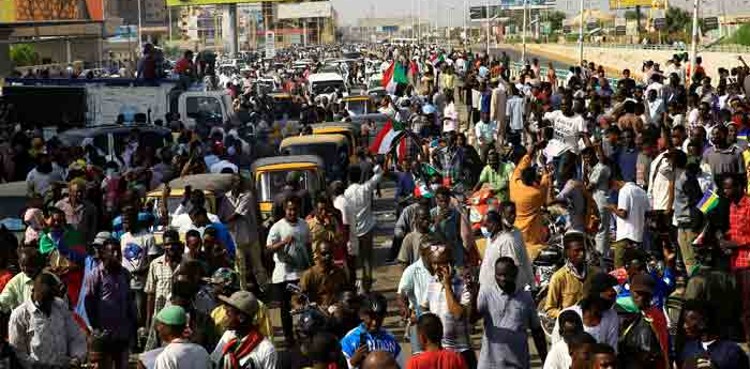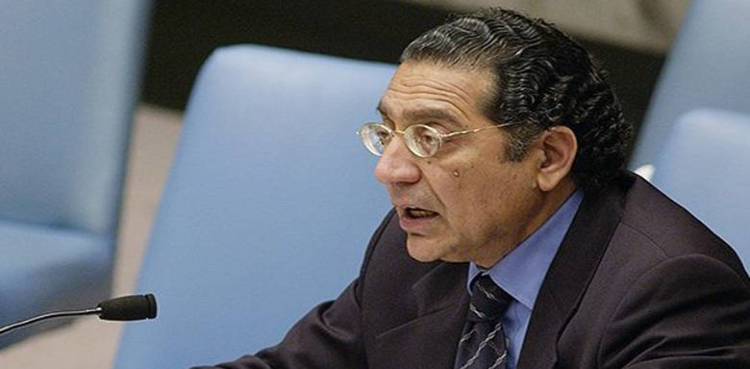India is a state whose existence is based on inequality, exploitation and is practically ruled by the ‘law of the jungle’. In India, Muslims, Sikhs, Christians are subjected to discrimination and subjugation, whereas on the other hand, ethnic and linguistic minorities are also not safe from unfavourable social circumstances.
Low-caste Hindus are also exploited and discriminated against by those belonging from the upper caste; rape and increasing social inequality economic disparity are also key elements of Indian society with millions burdened by poverty. This is the ‘shining India’ whose reality is avoided by Indian media which lacks the guts to portray ground realities with people subjected to discrimination and inequality based on religion, ethnicity, language and caste leading to social intolerance in every domain possible.
These are the factors due to which India propagates Gandhi – an ardent advocate of peace and intolerance, to counter its reality as the country is plagued by innumerable social fault lines. Recently, Maoist rebels targeted Indian security forces killing 22 and injuring several others. The incident took place in the Indian state of Chattisgarh which was previously a part of Madhya Pradesh and was given the status of a separate province in the year 2000. Chattisgarh is amongst those Indian states where Maoist rebels guided by communist ideology have engaged the Indian state in an armed struggle becoming an eyesore for the Indian government. The four-hour-long between Indian security forces and Maoist rebels last Sunday is the deadliest clash between the two parties in the past four years with 30 wounded security personnel and around a dozen who are still missing. The incident has left the Indian government flabbergasted as it was already having difficulty dealing with Sikh farmers’ movement forcing Amit Shah – Minister of Home Affairs to visit Chattisgarh on an urgent basis.
There was a time when Maoist rebels and their activities were quite popular; however, in the past few years, the media has rarely highlighted them or their activities. Maoist insurgency in India dates back to the 1960s and originated from the forests of West Bengal. The armed struggle began from Naxalbari – a village in West Bengal, hence these Maoist rebels are also known as ‘Naxalites’. According to a report, these rebels holds significant influence across a vast corridor commonly known as the ‘red corridor’ that spans across central and eastern India. Moist rebels have ensured their continued presence and activities across multiple Indian states including Jharkhand, West Bengal, Orissa, Chattisgarh, Andhra Pradesh, Uttar Pradesh and Karnataka.
According to Indian officials, Maoist rebels and various other groups support by them are spread across 1/3 of the total 600 districts, and 20 of the total 28 states in India. This is the reason why former Indian PM Manmohan Singh termed Maoist insurgency as the most significant challenge to India’s internal security. More than 6,000 people have died during the conflict so far. Maoist rebels have contended that they are fighting for a communist revolution and that their struggle is for the rights of the local poor population and intend to ensure property/land resources for the farmers. In 2009, Maoist rebels secured control of West Bengal’s district Lalgarh which is situated at a distance of 250 kilometers from Kolkata. In 2010, around 50,000 security personnel participated in operations in various states against Maoist rebels who were eventually pushed back to forests. Indian government’s past attempts to negotiate with Maoist rebels were futile, as it was responded by rebel’s demand of withdrawal of security forces. Last year Indian government retracted its negotiation proposal offered to the rebels.
The recent incident in Chattisgarh reflects the increasing power of Maoist rebels; their activities in Chattisgarh are of significant value as the area is rich in mineral resources such as gold, diamonds etc. as local miners, labourers might get encouraged to join the Maoist insurgency due to prevailing economic disparity faced by miners and labourers, along with the prospect of Maoist rebels securing valuable resources.
According to analysts, the implementation of strict COVID-19 lockdown in India led to an increase in poverty and unemployment which also contributed to an increase in Maoist guerilla activities as they were joined by a significant number of farmers and labourers. Also known as Naxalites, leaders of these armed communist rebels argue that they are fighting for the poor who are unable to benefit from India’s economy and growth.
Following in the footsteps of his leader PM Narendra Modi, Minister of Home Affairs Amit Shah has also condemned the incident terming such incidents as ‘intolerable’ and that Maoist rebels will be given a befitting response. However, it seems that the Indian government has much to ‘sustain’ as the use of force will not be able to address this issue. Security and defence experts have termed Maoist rebels as ‘the most dangerous’ threat to India’s internal security. Current situation is expected to further deteriorate as PM Narendra Modi’s right-wing government is likely to launch a large scale operation against these left-wing rebels. Security analysts say that during the past few years, Maoist rebels have successfully regrouped and re-established their influence, infrastructure in their area of operation which has led to surge in their anti-government activities. Maoist rebels inducted hundreds of new members including a significant number of women during the first phase of the COVID-19 pandemic. These newly recruited members who hide in forests keep a close eye and duly inform on Indian security forces’ movements allowing Maoist rebels to carry out attacks and flee from the area.
India is witnessing multiple threats simultaneously with significant rise in Maoist rebels’ attack on one hand and Sikh farmers’ movement on the other. It is impossible to determine what the future holds as only time will tell how such grave internal issues shape India’s domestic scenario in political and security domains.

















































